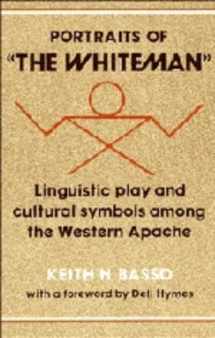
Portraits of 'the Whiteman': Linguistic Play and Cultural Symbols among the Western Apache
Book details
Summary
Description
'The Whiteman' is one of the most powerful and pervasive symbols in contemporary American Indian cultures. Portraits of 'the Whiteman': linguistic play and cultural symbols among the Western Apache investigates a complex form of joking in which Apaches stage carefully crafted imitations of Anglo-Americans and, by means of these characterizations, give audible voice and visible substance to their conceptions of this most pressing of social 'problems'. Keith Basso's essay, based on linguistic and ethnographic materials collected in Cibecue, a Western Apache community, provides interpretations of selected joking encounters to demonstrate how Apaches go about making sense of the behaviour of Anglo-Americans. This study draws on theory in symbolic anthropology, sociolinguistics, and the dramaturgical model of human communication developed by Erving Goffman. Although the assumptions and premises that shape these areas of inquiry are held by some to be quite disparate, this analysis shows them to be fully compatible and mutually complementary.


We would LOVE it if you could help us and other readers by reviewing the book
Book review



